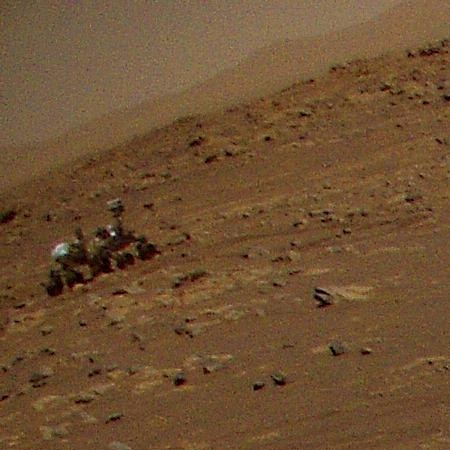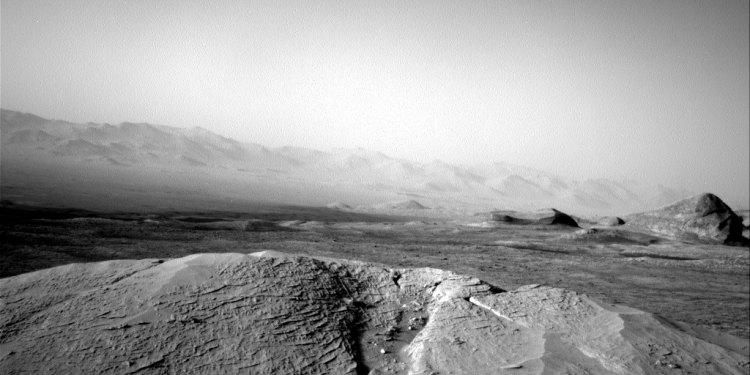Eutelsat invests $550 million in OneWeb
Capitalism in space: The long established European communications satellite company Eutelsat has committed $550 million in investment capital in OneWeb and its internet satellite constellation.
Eutelsat, one of the world’s leading satellite operators, will receive a c.24% equity stake in OneWeb and similar governance rights to the U.K. Government and Bharti Global, making it a significant equity partner and joining leading investors including the U.K. Government, Bharti Global and SoftBank. The investment is expected to be completed in the second half of 2021, subject to regulatory approvals.
This investment raises OneWeb’s total funding to $1.9 billion, and puts it in a good position to complete its 648 satellite constellation on schedule, with the first commercial operations beginning when the total in orbit tops 250 in July, after the next two Soyuz-2 launches.
Capitalism in space: The long established European communications satellite company Eutelsat has committed $550 million in investment capital in OneWeb and its internet satellite constellation.
Eutelsat, one of the world’s leading satellite operators, will receive a c.24% equity stake in OneWeb and similar governance rights to the U.K. Government and Bharti Global, making it a significant equity partner and joining leading investors including the U.K. Government, Bharti Global and SoftBank. The investment is expected to be completed in the second half of 2021, subject to regulatory approvals.
This investment raises OneWeb’s total funding to $1.9 billion, and puts it in a good position to complete its 648 satellite constellation on schedule, with the first commercial operations beginning when the total in orbit tops 250 in July, after the next two Soyuz-2 launches.








